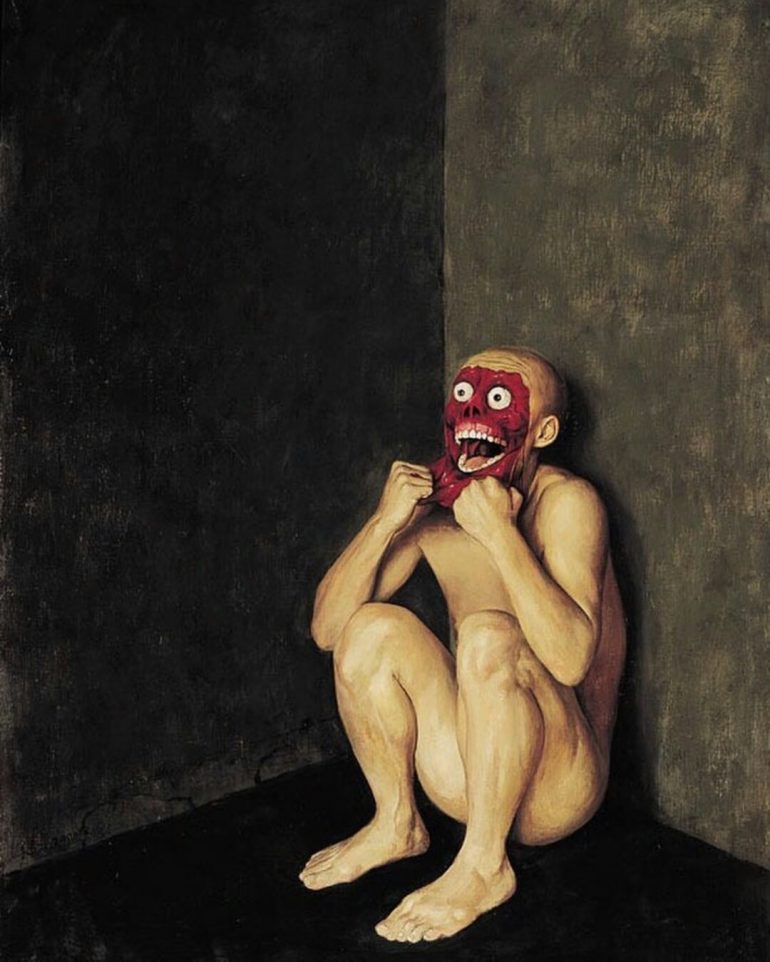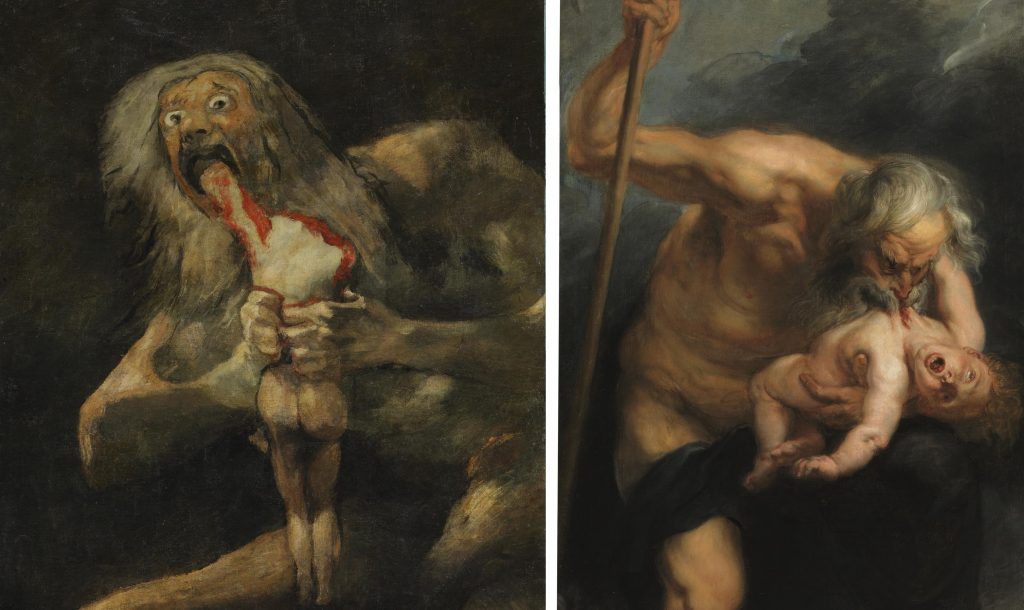Art is not all about beauty; sometimes even the grotesque gets a bit of the limelight. But some artists got way past the grotesque and went straight forward to the macabre: demons with diverse features: humans with horrified looks, humans chopped up, hellscapes, skeletons, you name it. These artworks, which would terrify those who are new with fine art, are famous not because of how disturbing they are (though that is also a contributing factor), but because of the aesthetics that people find in them. Though they are not beautiful, you just can’t help continue looking at it because they’re pleasing to look at. It’s disgusting, it invokes nightmares, but you take a look at it and you can definitely say “this is art.” So here are 5 of those artworks:
- The Disasters of War, by Fransisco Goya
When Goya was a court painter in Spain in 1808 he witnessed the abdication of Charles IV and the abdication of Charles’ son Ferdinand. It was the Peninsular War and Napoleon marched into Spain to put his brother, Joseph, onto the throne. Thankfully, he was able to keep his job. Even so, he was very critical about the war and around that time he sketched a series of drawings that would become known as The Disasters of War. These drawings contain his reaction to the Peninsular War and the invasion of Spain by the French under the leadership of Napoleon. The Spanish people suffered, and many lives were lost. Even the local peasantry revolted against the French forces when Napoleon tried to put Joseph into power. Goya couldn’t help but feel disappointment and horror, which he illustrated in his work. This was a private project of his, containing exactly 80 sketches about the horrific war. - The Garden Of Earthly Delights – Hieronymus Bosch
The third panel of this triptych is one of the earliest imaginings of hell: dark skies above, strange figures and demons in the background. Ruins of a burning city, the armies of hell razing everything and putting everyone to death. A field of corpses could be seen. And on the foreground, stranger things, more demons, more suffering sinners. A demon sits on a tall seat, eating people and excretes them whole into a dark hole filled with faces. A man can be seen vomiting into the same hole while someone is also excreting something that looks like coins. It is hell on earth and the stuff of many nightmares. - Untitled, by Xue Jiye
If you have been a user of social media, you probably have come across a painting of a man who tore his face off, revealing the horrific red flesh underneath, which made him look as if he was screaming. This isn’t some old painting from ancient times, this is the work of someone who was born in 1965. Xue Jiye is a Chinese painter living in Beijing. He graduated from the Guangzhou Academy of Fine Arts in 1988 and is the artist of said work. In social media, this specific work of his is often used to accompany posts that expresses troublesome situations and/or despair. - Hell, by Hans Memling
Hans Memling, like everyone during the Renaissance, imagined hell as a burning domain. But he took it one step further and put hell inside the jaws of an unidentifiable beast. The Lord of Hell himself had the usual hideous face that everyone could expect from a demon. Hans also added an old man’s face on the abdomen of the devil. This is a piece of art you probably don’t want to see in the middle of the night, yet you’d be amazed to see in a Gothic-themed exhibit. - Saturn Devouring his Son, By Francisco Goya
There are two versions of this subject, both are fearsome to behold. The first one is by Peter Paul Ruben, made in 1636. The subject is inspired by Greek mythology that tells the story of Chronus (Saturn) when he devoured his children to prevent them from revolting against him. In the story, Zeus (having been switched with a rock) escaped being eaten. He then grew up and cut open his father’s stomach to free his sisters and brothers, the Olympians, and with them, vanquished Chronus and his sisters and brothers, the Titans.Reuben’s painting eventually inspired Francisco Goya’s version, painted in 1819 to 1823. Both paintings slightly deviate from the mythology story: In the myth, Chronus ate his children whole. In both paintings, Chronus is tearing his children’s flesh. Goya’s work is obviously darker and more bloody compared to Rubens’ version.
1st Image: Untitled, by Xue Jiye, via Imgur
2nd Image: Saturn Devouring His Children, via Wikipedia. Ruben’s work on the right, Goya’s is on the left.

